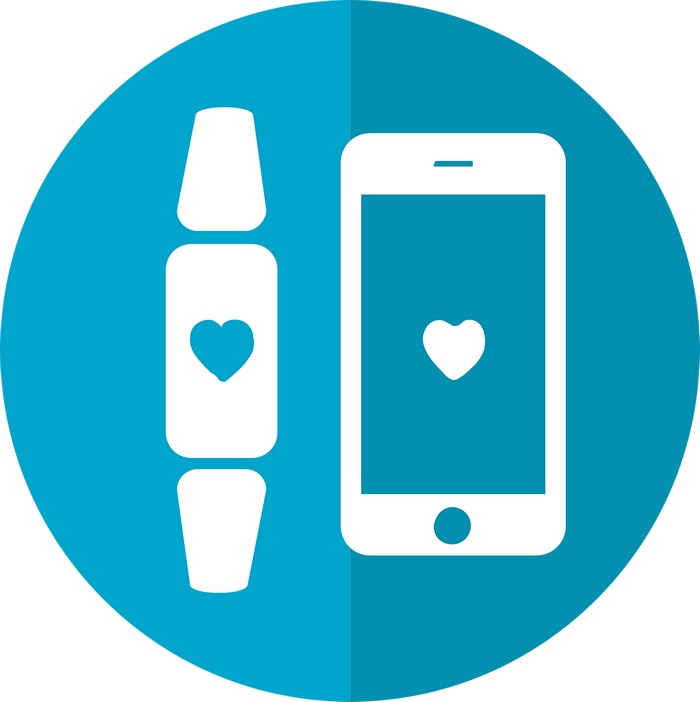![]()
Fitness trackers are the new talk of the town. Kids and adults alike are obsessed with these gadgets. However, the good news is that this obsession leads to better health and keeps you at a safe distance from obesity, provided that it is used in a certain limit. That being said, fitness trackers are not the perfect gift for every child. Some kids are naturally more physically active (source) and can easily adjust their routine that involves more running and physical play. If, however, you have observed your kid to be lethargic compared to other kids, maybe it’s time to bring home a suitable fitness tracker. Here are 5 ways fitness trackers help your kids stay active and healthy.
- Setting Goals
Setting goals is the common procedure in all fitness trackers that gets the kids going. Kids are competitive by nature and fitness trackers function on this natural inclination. By connecting your fitness tracker to the app, you can set realistic goals for your kids. These goals are set in terms of steps taken, floors climbed and distance covered in miles. Depending on your child’s health, you can set a goal of a certain number of steps, e.g. 10,000 steps. The best way to set a realistic goal is by observing the average number of steps taken daily, and by setting a relatively higher limit.
- Rewards System
Motivation is the biggest driving force behind how fitness trackers function. By motivating kids to reach the set goals, it keeps them on their toes. Fitness trackers reward kids by indicating they have achieved a certain goal. In order to unlock a new level or achieve a goal, kids go the extra mile. This can get worrisome as kids have a tendency to go overboard in order to achieve a certain goal. However, by monitoring their daily targets, you can keep an eye on them and minimize the chances of developing an obsession with the gadget. If you wish to add an additional reward though, you might want to give them workout headphones that they can use to motivate them to get fit even more.
- Activity Tracking
The best part about fitness trackers is that they come with a built in parental control feature. This is because of the tracker’s connectivity to the phone app. By downloading the app, parents are able to keep a track of their kids’ daily fitness goals, sleep duration and quality, and their overall lifestyle. Some fitness trackers also allow food logging, which involves calorie count of the food being eaten on a daily basis. This, in turn, helps with weight loss among obese kids and weight gain in weaker kids. It keeps a track of miles they’ve run, floors climbed and the general physical activity in the past day, week and month for you to compare results for before and after.
- Sleep Tracking
Fitness can be subdivided into three categories i.e. exercise, sleep, and diet. As much as exercise and diet have a role to play in determining how fit your kid is physically, sleep is a key factor that often goes unnoticed. Keeping this rule in mind, fitness trackers also track your kids’ sleep quality and duration. It monitors any movements during sleep which helps in determining the sleep quality. This way you know if your child is getting enough and quality sleep during the night.
- Keep Everyone Involved
Fitness trackers keep the whole family connected by the challenging friends and family option. By inviting your family and friends to a certain challenge, one gets motivation to move around in order to win. This is not only a good way to spend quality time with kids but to actively participate in their physical well-being. Remember, it is import to set a precedent for kids, in order for them to follow lead.

I did not know that there is a fitness tracker for kids. I don’t even have my own fitness tracker. 🙂 I’m lucky that my son is active so I don’t think I need this yet.